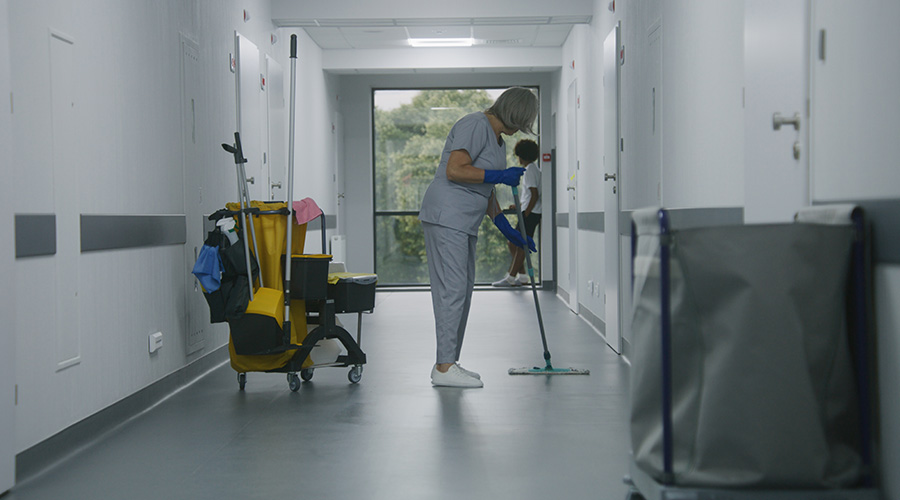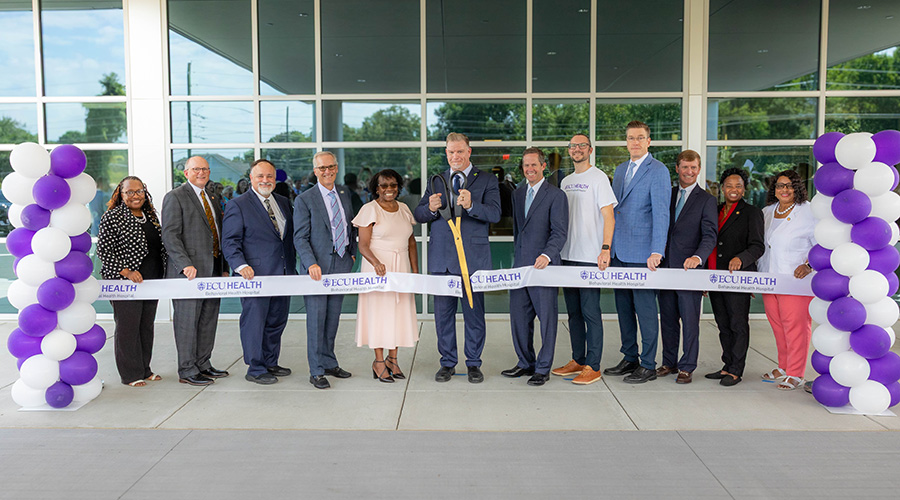The Consumer Electronics Association(CEA)® and LonMark International today announced two standards – ANSI/CEA-709.5, Control Networking Protocol Specification Part 5: Implementation-Application-Layer-Guidelines and ANSI/CEA 709.6, Control Networking Protocol Specification Part 6: Application Elements – are now approved American National Standards Institute (ANSI) standards for home and building automation.
The new standards focus on the interoperability of Internet of Things (IoT) devices and provide a complete model for implementing device-to-device and device-to-application communication interoperability. These standards provide multiple parties – including users, developers, vendors, integrators and specifiers of open building control systems – a mechanism to develop and deliver a higher level of interoperability using any open control networking communications platform.
“Having these standards approved by ANSI meets a key requirement for many organizations, including the Army Corps of Engineers,” said Ron Bernstein, chief ambassador, LonMark International. “Working together, CEA and LonMark aim to help ensure a broader level of adoption of IoT-based interoperability. These standards provide a foundation for interoperable devices across multiple platforms, multiple protocols and market sectors.”
Standard Specifications:
The ANSI/CEA-709.5 Implementation Guidelines define the application layer requirements for interoperable devices and how they share key information, status and data across an open control network. Typically deployed on an ANSI/CEA-709.1 LonWorks® protocol network, these application elements define how to interact with disparate devices from multiple vendors in the same system. This significantly improves the system installation time and integration of typical home and building systems by defining units, range and resolution, configuration, and enumeration requirements along with device self-documentation information within the standard. The new standard now enables other transports the option of adopting a common application layer element description library.
The ANSI/CEA-709.6 Application Elements build upon the ANSI/CEA-709.5 Implementation Guidelines by providing a catalog of more than 100 common device profiles, with more than 380 specific implementation options. These profiles define the mandatory and optional design requirements for standard data variables, standard configuration properties, enumeration types and standard interface file requirements. This extensive library of device profiles includes definitions for a broad collection of devices for HVAC, indoor and outdoor (roadway) lighting, security, access, metering, energy management, fire and smoke control, gateways, commercial and industrial I/O, gas detection, generators, room automation, renewable energy, utility, automated food service, semiconductor fabrication, transportation, home appliances and others.
“We are very pleased to have worked with LonMark International to bring these important new IoT standards to the market,” said Dave Wilson, vice president, technology & standards, CEA. “As the IoT marketplace expands, having device-level interoperability that is protocol- and platform-independent is an important piece of the puzzle. These two new ANSI/CEA standards will help drive a new level of interoperability into the home and building automation sector with applicability to many other sectors including smart outdoor lighting, smart cities and the smart grid.”
These new standards were developed in task groups with topic experts contributing to a final consensus for each device profile. A complete testing and certification program offered by LonMark International ensures compliance to the standards. CEA is the natural home of these standards for the U.S. market, with many new profiles and standards updates planned for the future.
CEA’s standards committees produce standards, guidelines and technical reports that help grow the consumer technology industry. All are welcome and encouraged to join any of these technology activities. For further information please visit standards.CE.org or contact standards@CE.org.

 ISSA Introduces Healthcare Platform to Advance Safer, Cleaner Patient Environments
ISSA Introduces Healthcare Platform to Advance Safer, Cleaner Patient Environments Third-Party Tracking Settlement is a Compliance Wake-Up Call for Healthcare Facilities Managers
Third-Party Tracking Settlement is a Compliance Wake-Up Call for Healthcare Facilities Managers ECU Health Behavioral Health Hospital Hosts Ribbon-Cutting Ceremony for New Facility
ECU Health Behavioral Health Hospital Hosts Ribbon-Cutting Ceremony for New Facility Aspire Rural Health System Reports Data Security Incident
Aspire Rural Health System Reports Data Security Incident Fatal Flaws: Strategies for Active Attackers
Fatal Flaws: Strategies for Active Attackers